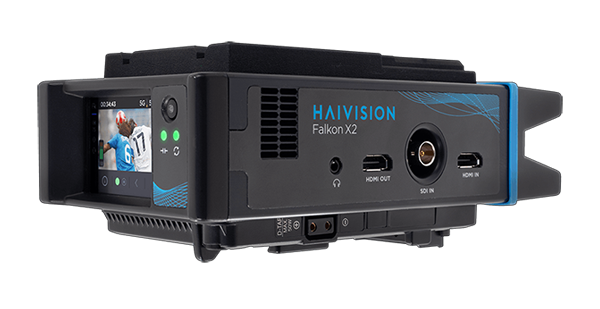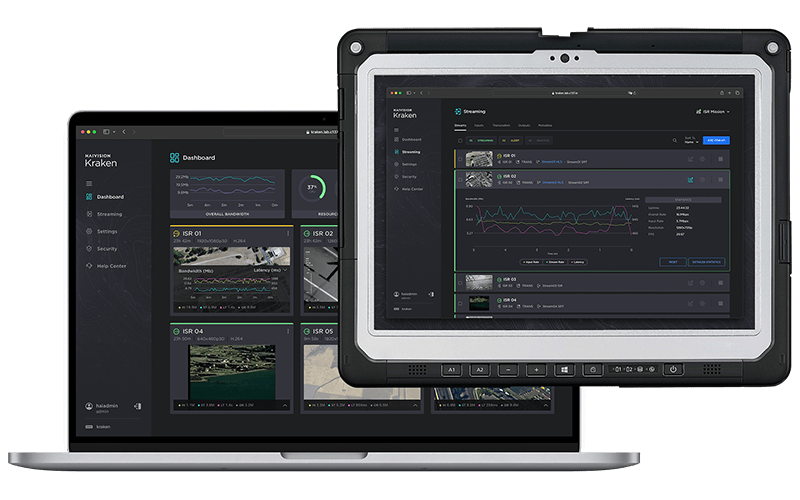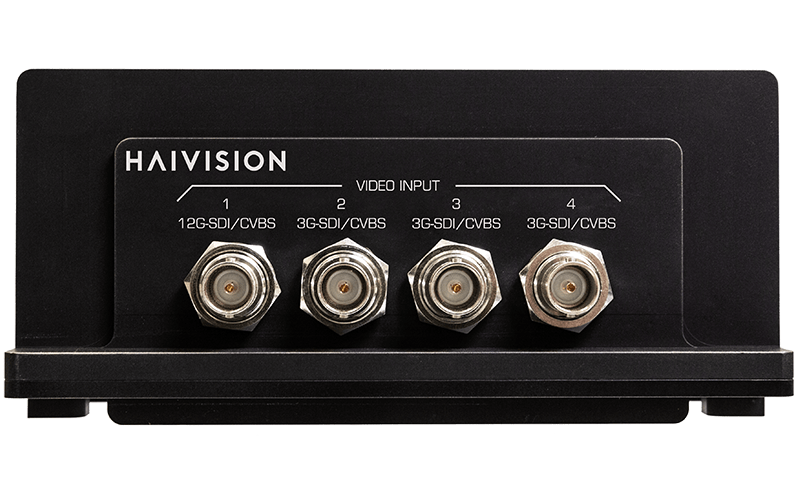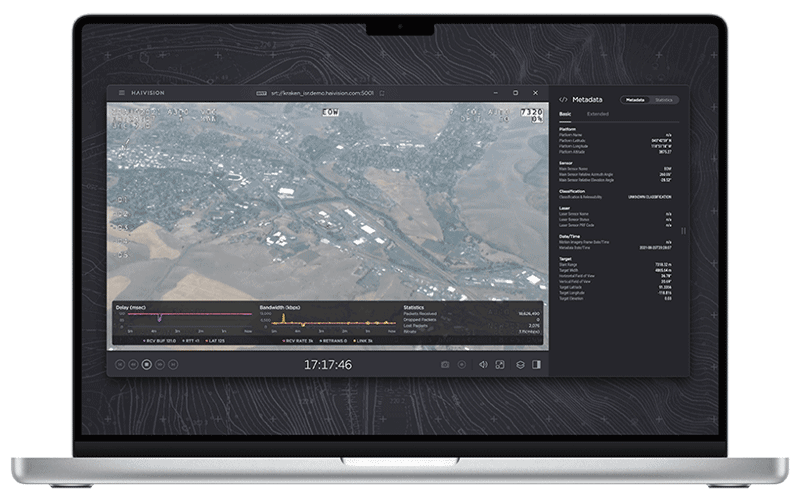KLV Metadata
Key-Length-Value (KLV) metadata is a standardized format for encoding metadata within digital media. Created by the Society of Motion Picture and Television Engineers (SMPTE) and defined in SMPTE 336M-2007 (Data Encoding Protocol Using Key-Length Value), KLV metadata is used to tie descriptive information to associated audio and video.
KLV is used in media and entertainment to describe things like actors, titles, or camera models. Within defense and intelligence, surveillance, reconnaissance (ISR) use cases, KLV describes camera position and orientation relative to the earth, precision timing, and other relevant sensor data. KLV is most often carried synchronously with video frames from sources over SDI interfaces, or within MPEG-2 transport streams alongside encoded video and audio.
KLV has three main elements:
“Key” is a unique identifier for the kind of metadata.
“Length” specifies the length of the data, enabling the receiver to determine how much is needed to read the key.
“Value” is the data that is associated with the key.
This format ensures that metadata is organized and easily decipherable, making it crucial for applications that demand the extraction of accurate and reliable information.




























